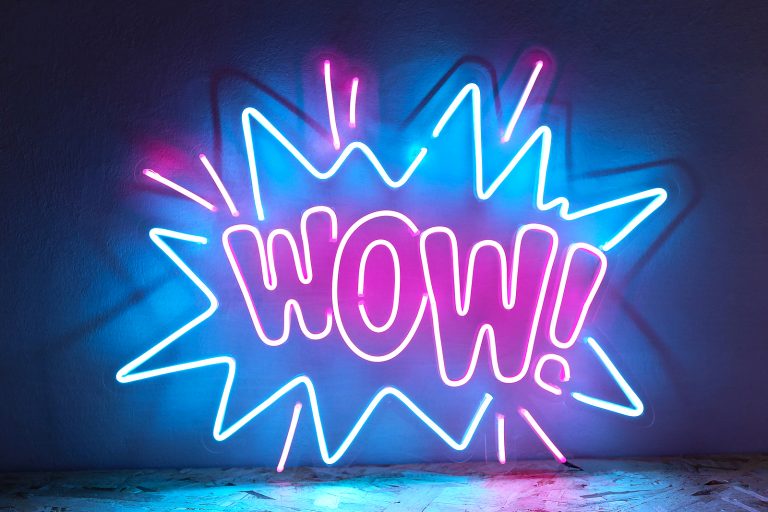
What Was The First Neon Sign?
The fluorescent light and the neon light were for almost a century the most dynamic and eye-catching way to created bright signs and displays, and whilst neon itself has been replaced in some modern displays with LEDs, it has created an aesthetic that is still loved to this day.
The origin of both neon and fluorescent lights initially comes from the concept of electrical glow discharge, first practically developed in the form of the Geissler tube.
They produced a strong, striking light, but due to the natural decline in gas pressure, they were unsuitable for everyday lighting, with the Moore tube replacing it and being the technology that would come just before neon tube lighting.
Neon, an inert gas discovered in 1898 by Morris W. Travers and William Ramsey would allow for the first coloured light, caused by neon’s inherent bright red glow.
Allegedly, the very first neon sign ever displayed, of neon tubed shaped into the word “neon”, was at the 1904 St Louis World’s Fair, although this claim has been disputed due to how scarce neon was at the time.
It is far more likely that the first neon lights that were displayed were in 1910, with two 12-metre bright red neon tubes being displayed at the Paris Motor Show that year, helped by the maturation of Air Liquide’s production of neon at an industrial level.
They were used to light up the peristyle of the Grand Palais, a huge exhibition venue in France’s capital city, and both George Claude, owner of Air Liquide, and his associate Jacque Fonséque realised the potential for the lights for signage.
The first product to be advertised with a neon sign was Cinzano, a brand of vermouth that is still sold to this day in 1913, and by the end of the 1910s, a neon sign was installed in front of the Paris Opera.
